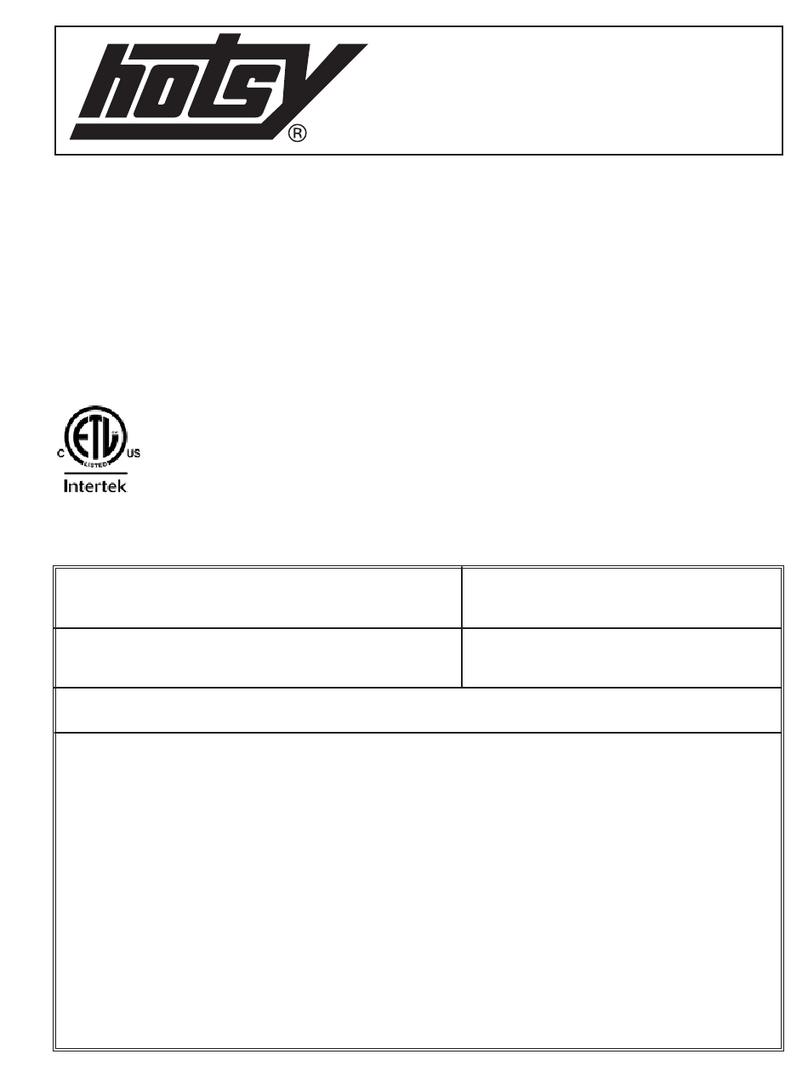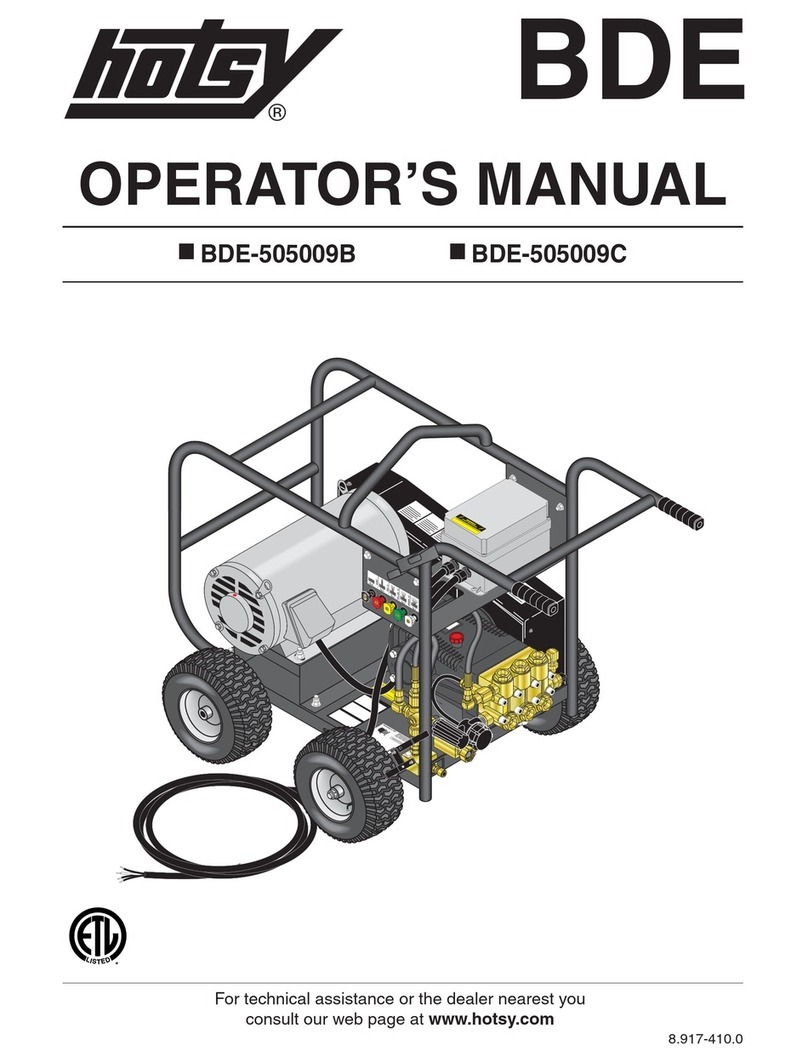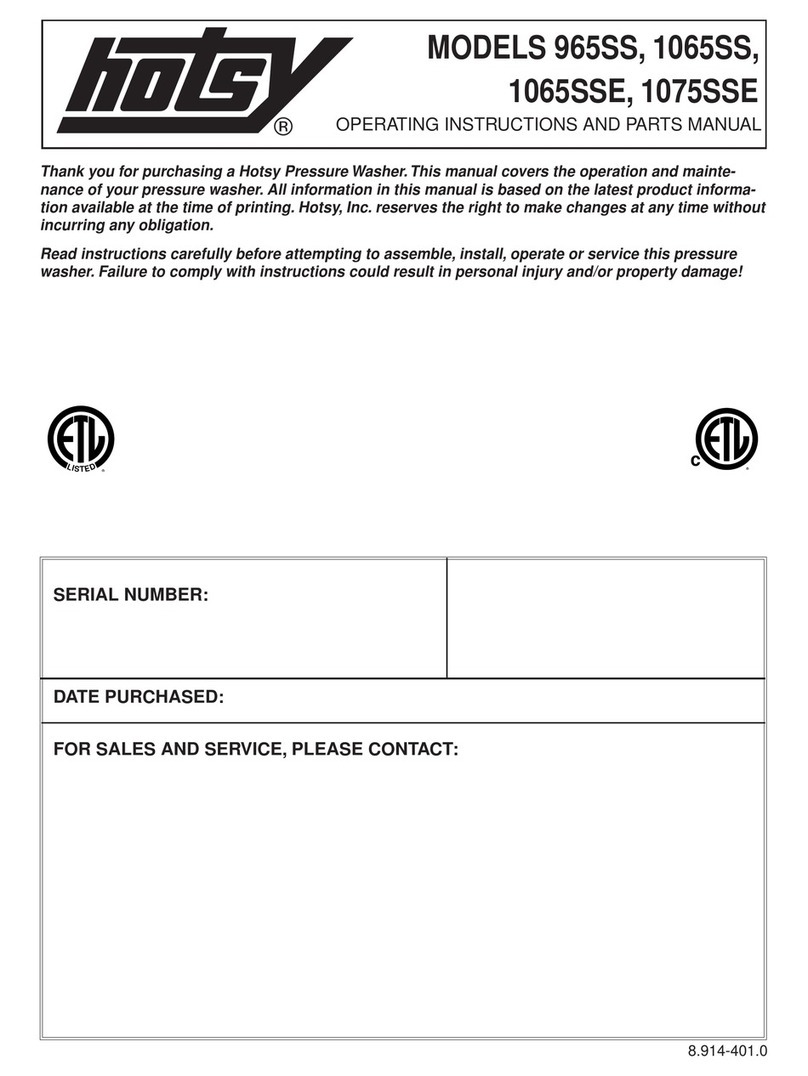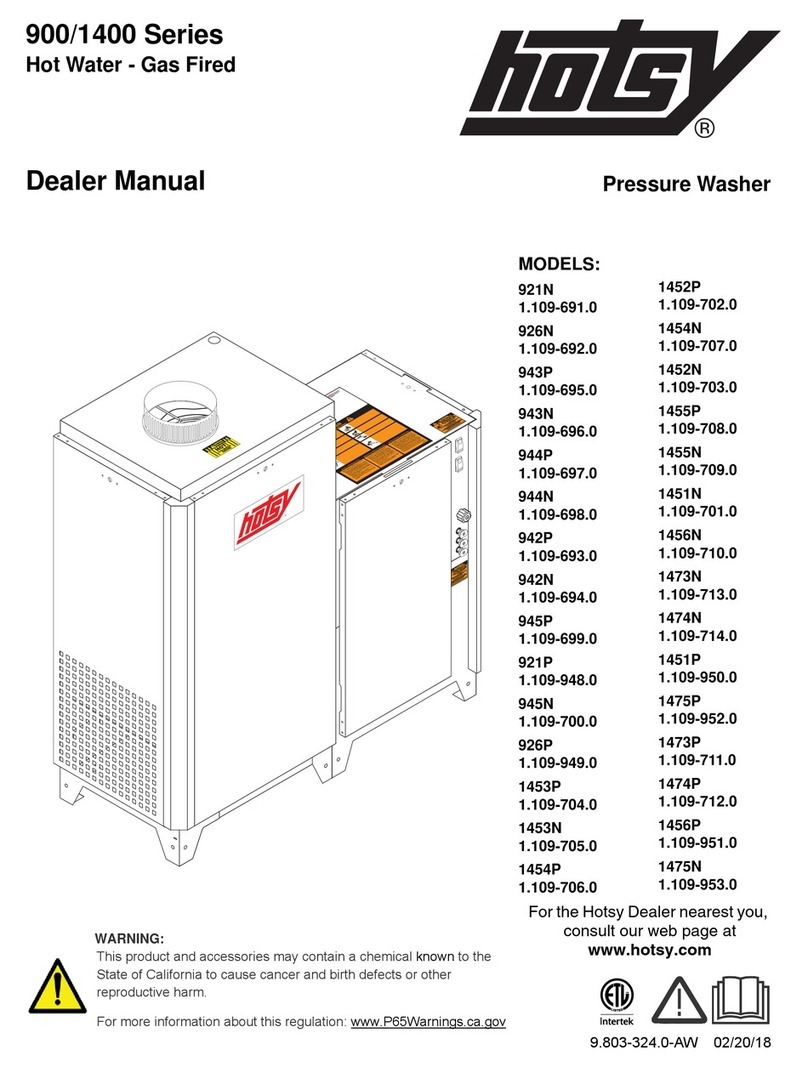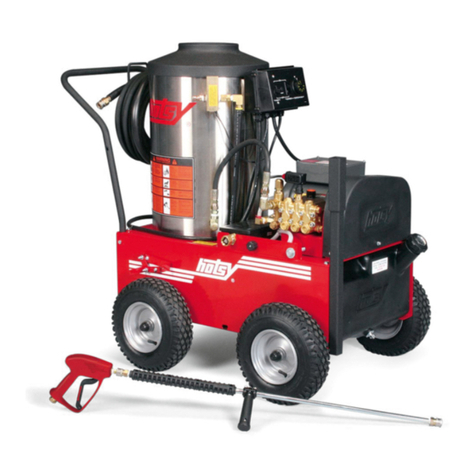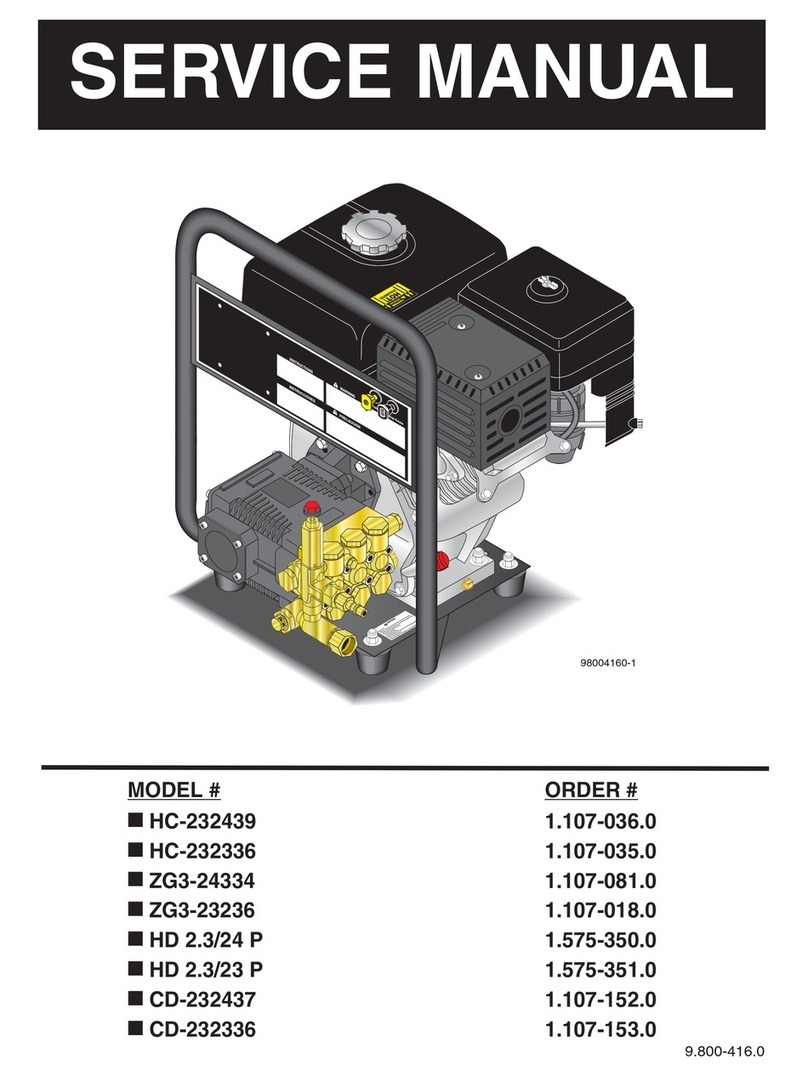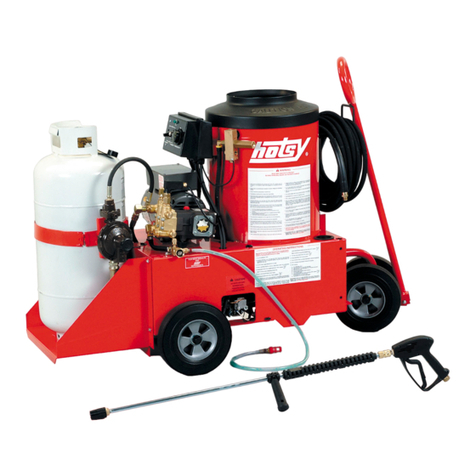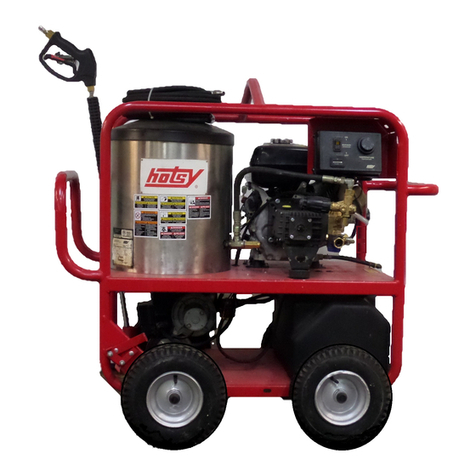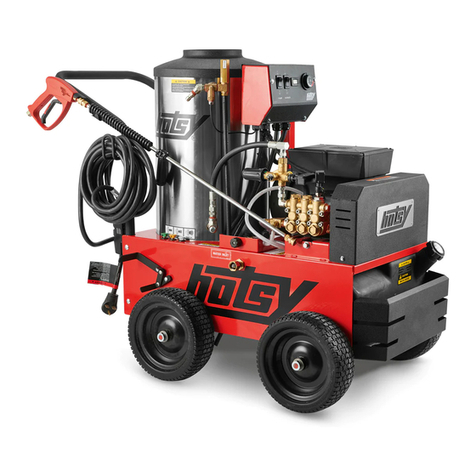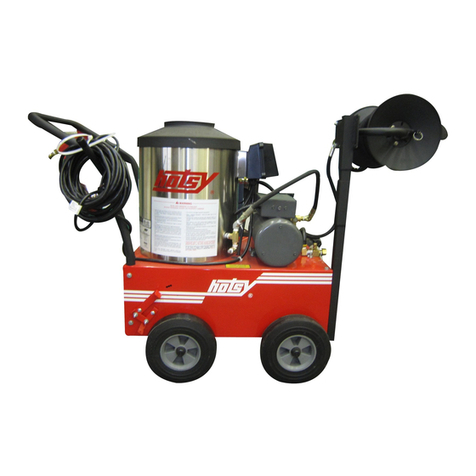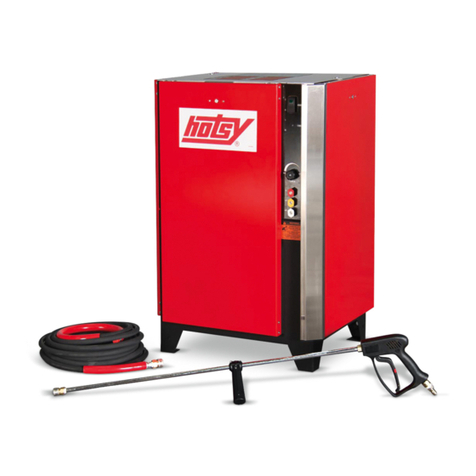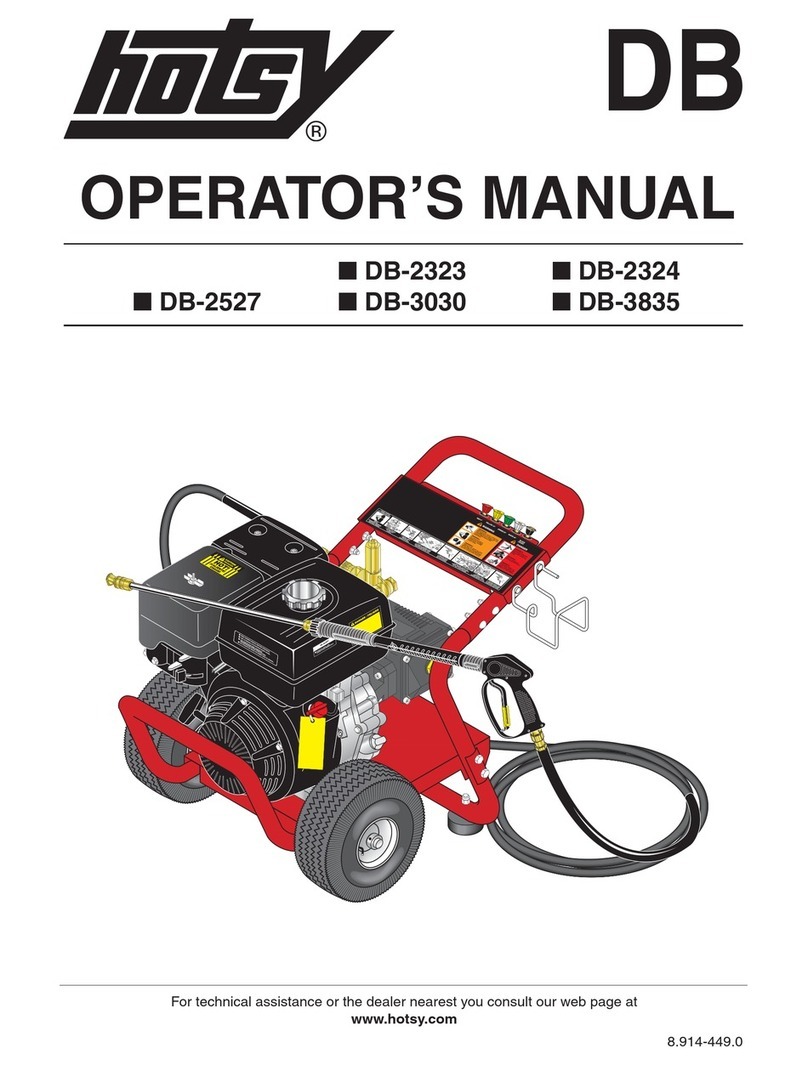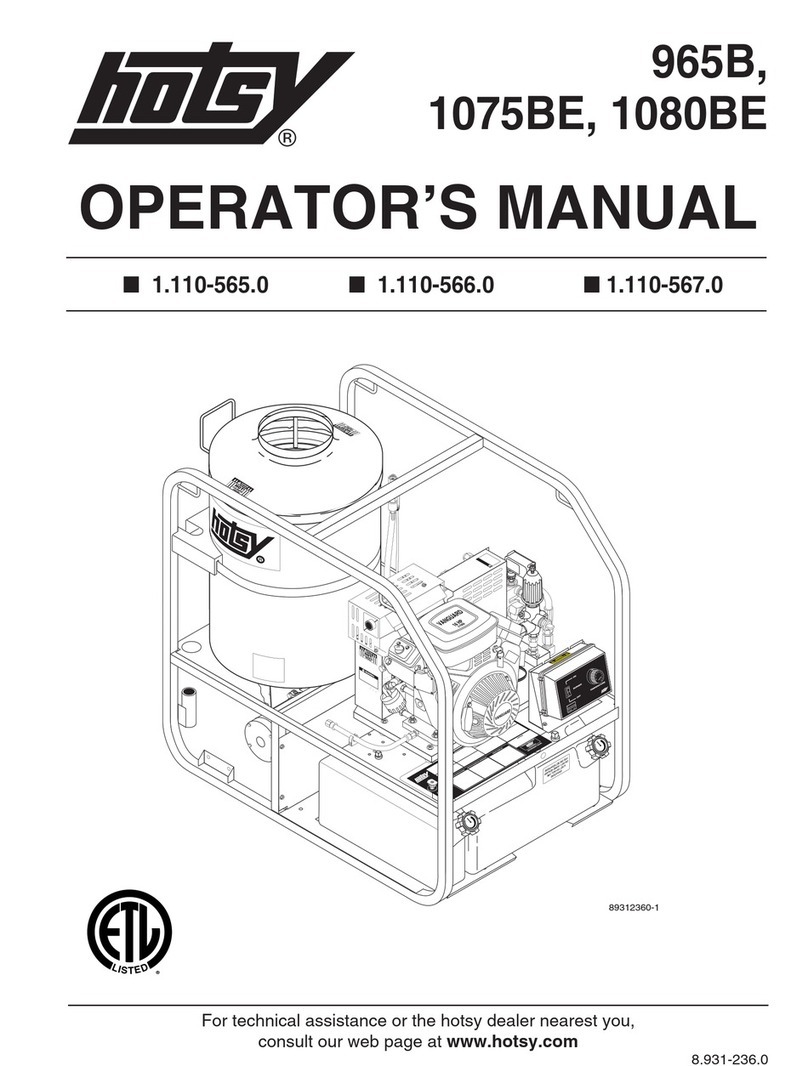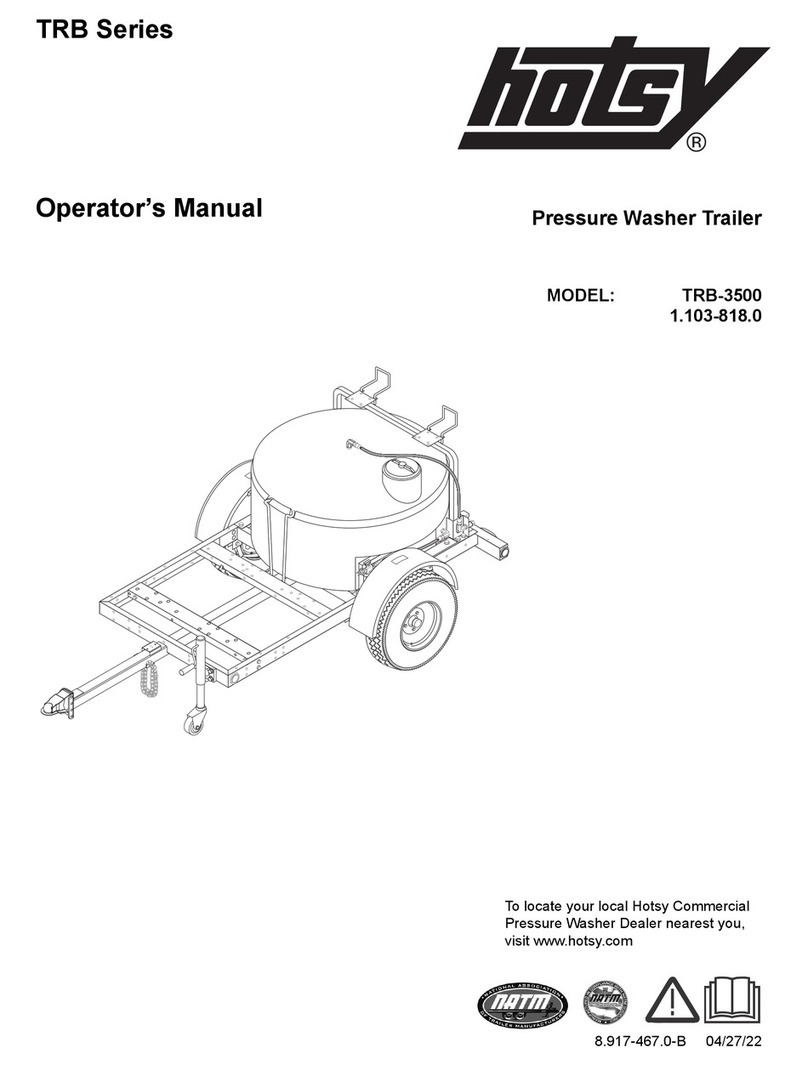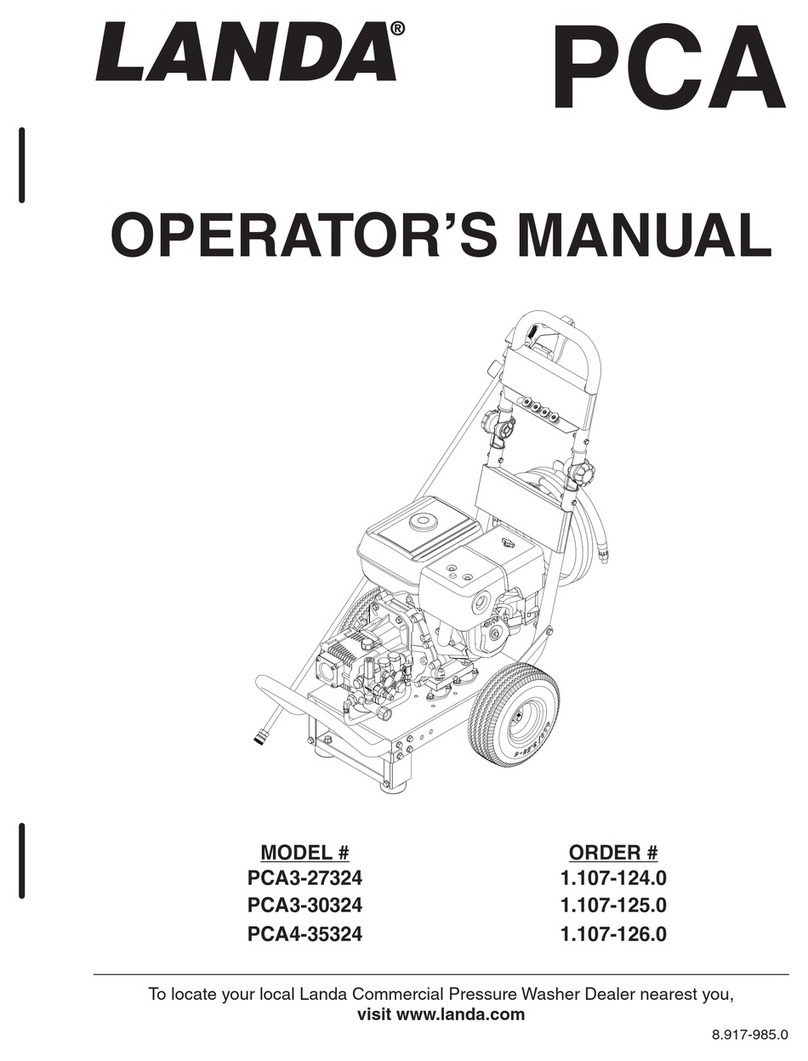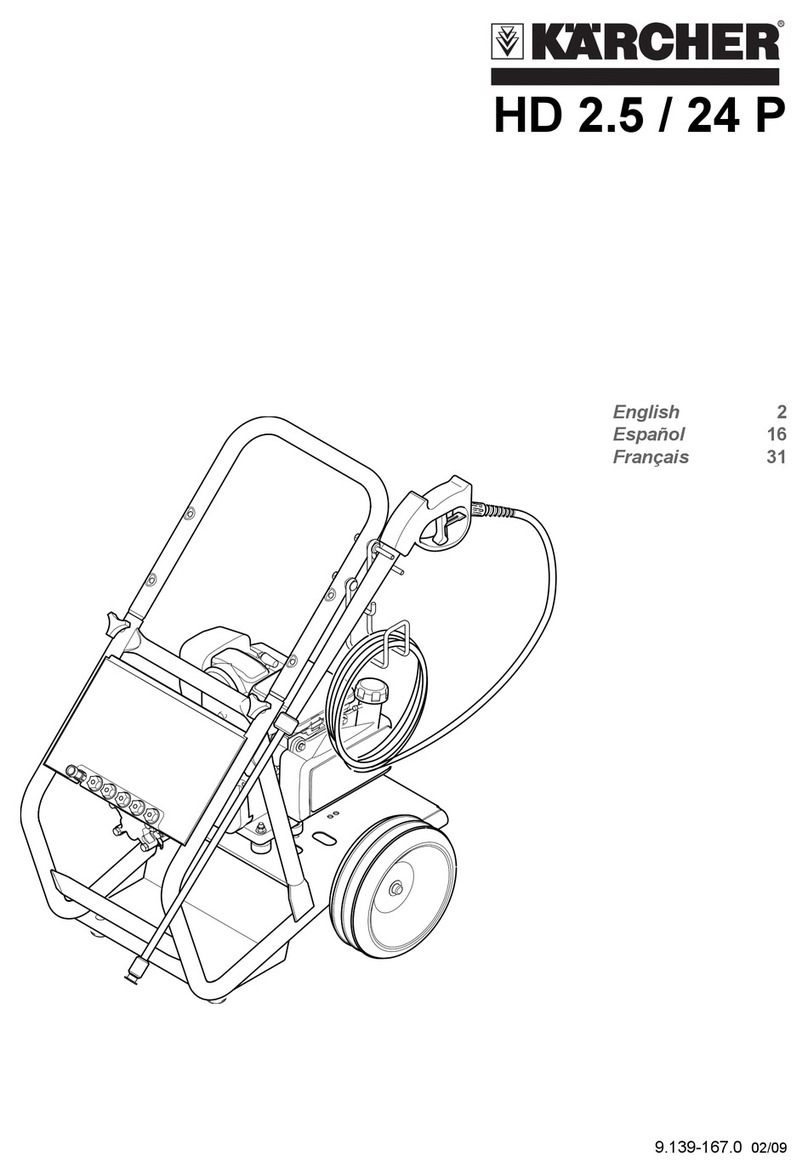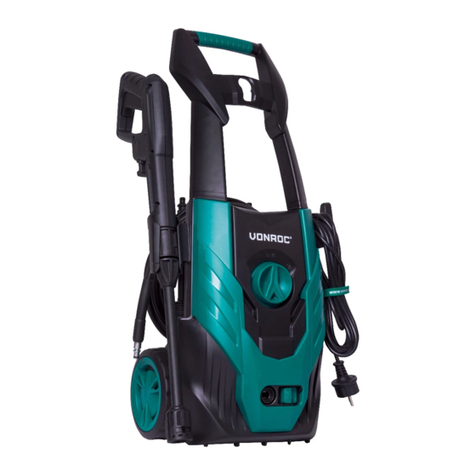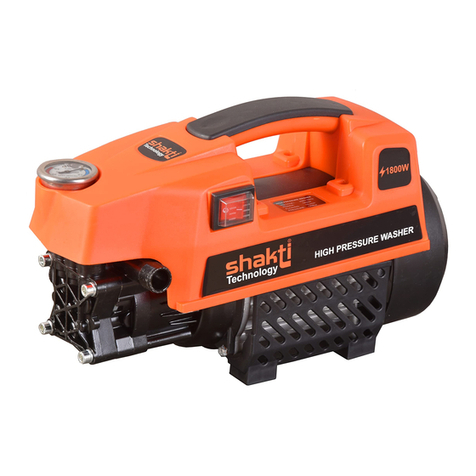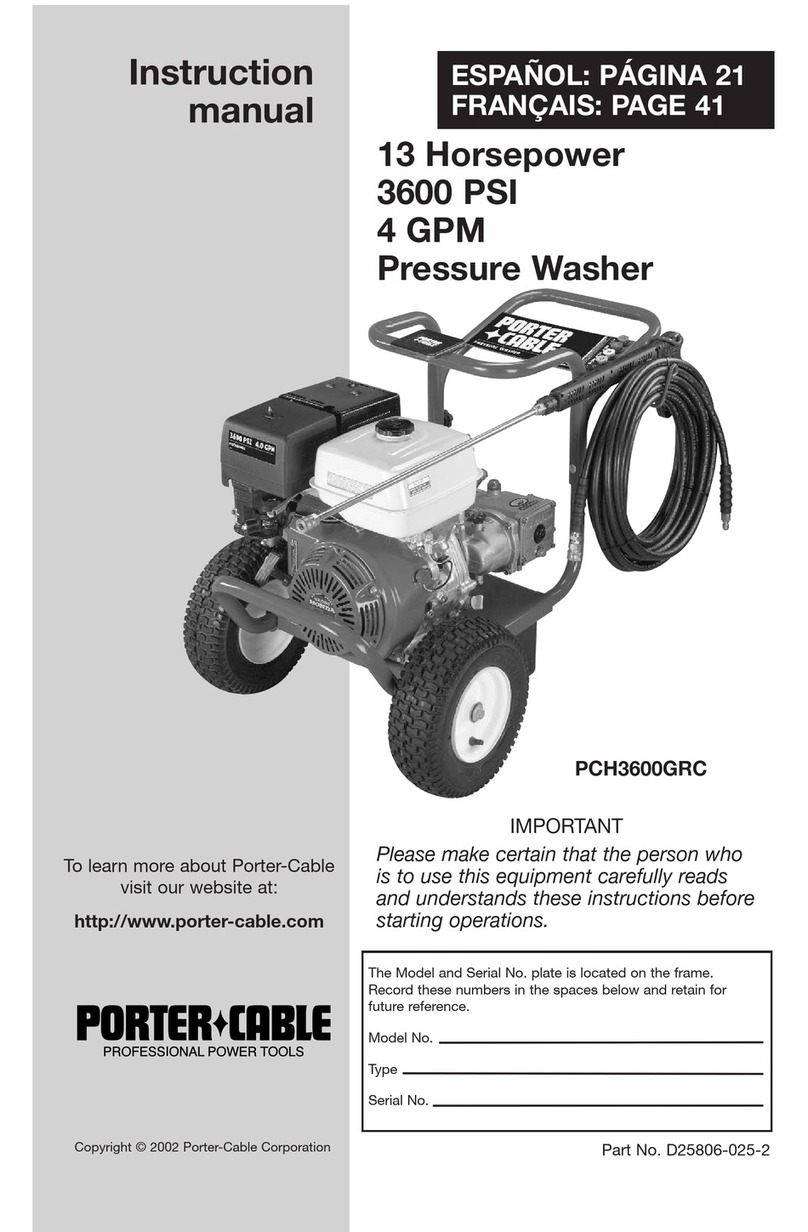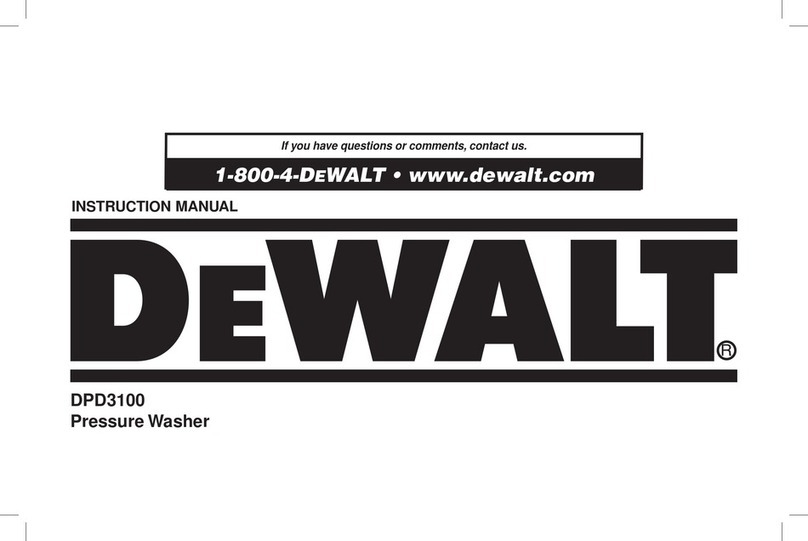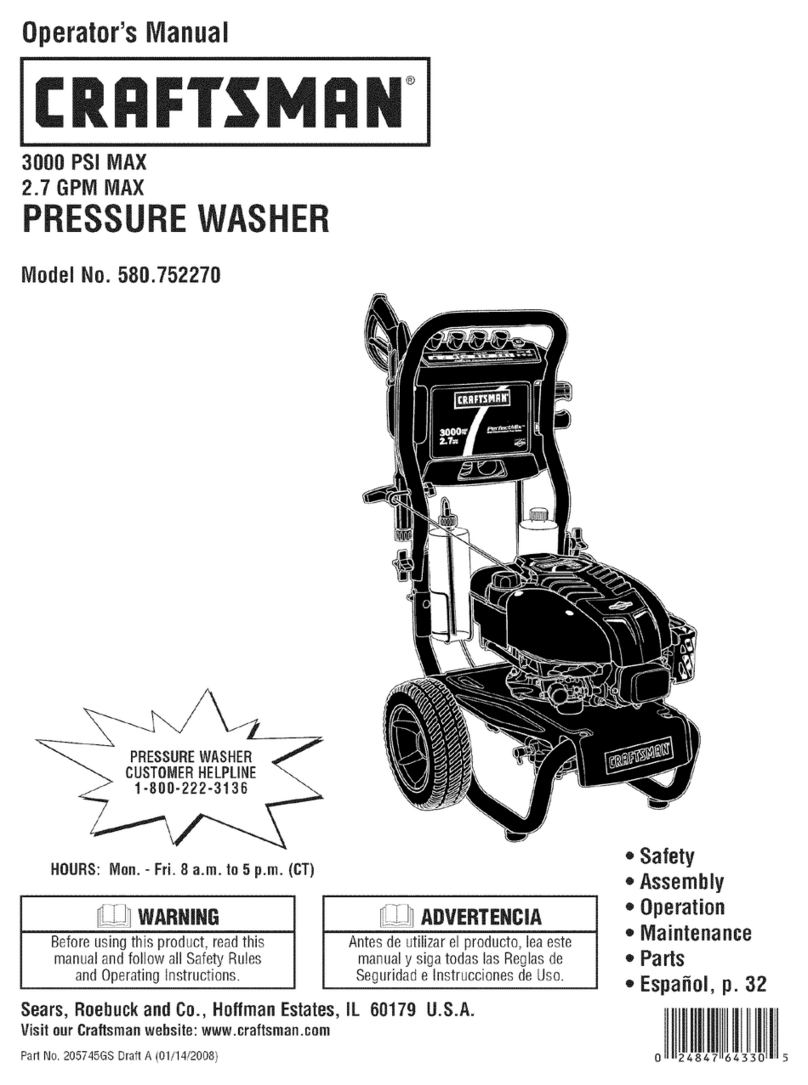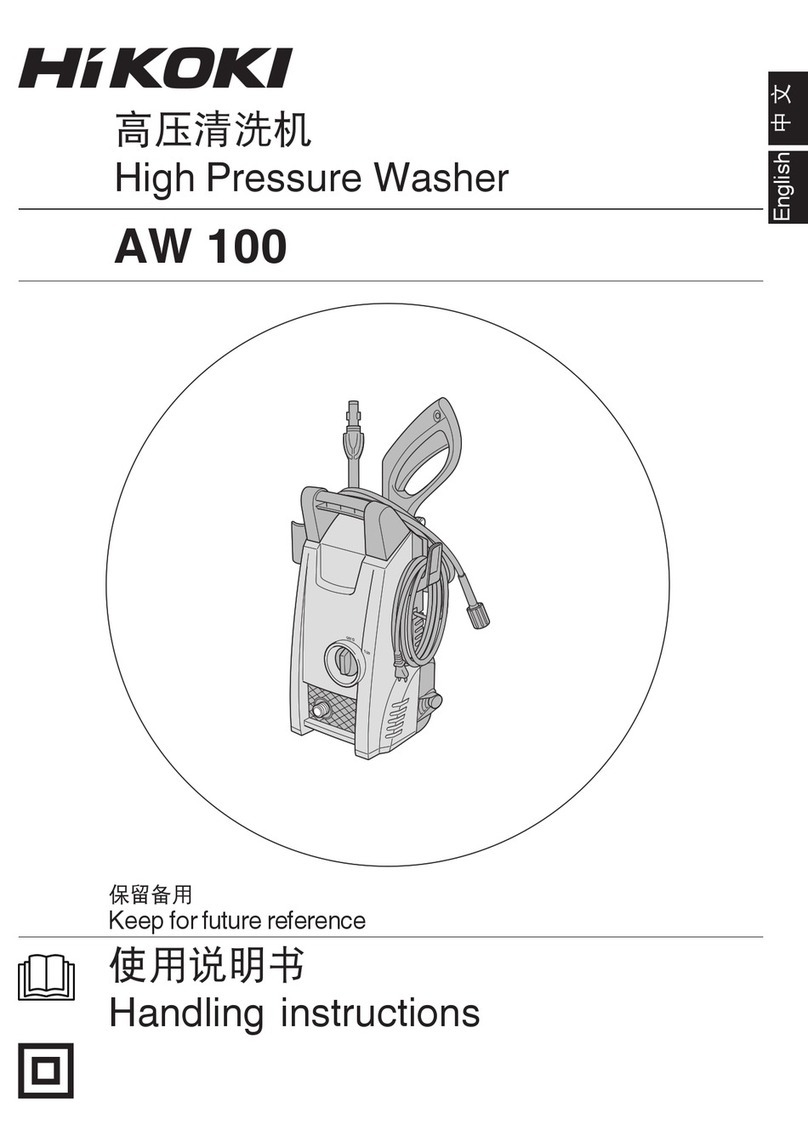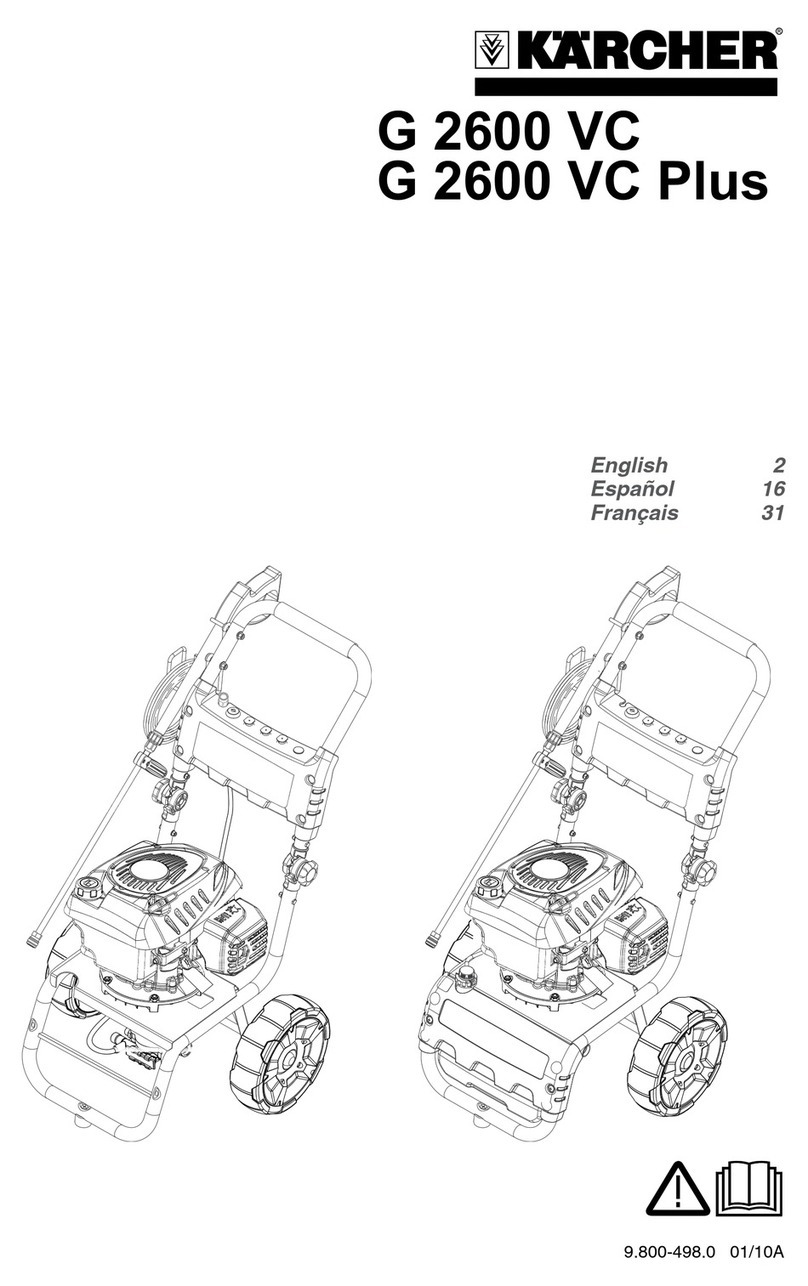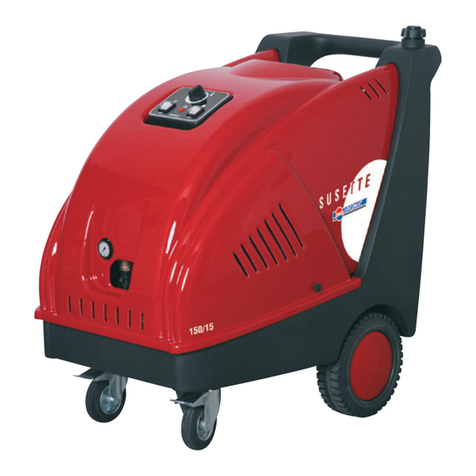
9.808-216.0 English Rev B (01/21) 5
Good service work requires extensive and pracce-oriented
training as well as well-structured training materials. Hence we
oer regular basic, advanced and expert training programs
covering the enre product range for all cered distributor
technicians. In addion to this, we also prepare service manu-
als for important appliances—these can be inially used as
instrucon guides and later on as reference guides. Apart from
this, we oer regular informaon about product enhance-
ments and their servicing.
If you should require addional assistance, have correcons or
quesons regarding this document, please do not hesitate
contacng us at: www.Hotsy.com and click on customer feed-
back to enter any info you may have for us or you can also
contact any of our Technical Support Specialists at 800-220-
5409.
Copying and duplicaon of texts and diagrams as well as
third-party access to this informaon is permied only with
the explicit permission of the company: KARCHER NORTH
AMERICA 6398 N Kärcher Way, Aurora, CO 80019.
1Preface
Service and maintenance tasks may only be performed
by qualified and specially trained specialists.
Observe safety information in the chapters!
DANGER
Please read the operating instructions for your
machine before using it, and pay particular attention to
the following safety instructions.
Warning and information plates on the machine
provide important directions for safe operation.
Apart from the notes contained herein, the gen-
eral safety provisions and rules for the prevention of acci-
dents of the legislator must be observed.
Switch off the appliance and, in case of applianc-
es connected to mains, pull out the power cord before
cleaning and performing any maintenance tasks on the
machine.
Relieve the high pressure system of all pressure
prior to all work on the appliance and the accessories.
Only use accessories and spare parts which have
been approved by the manufacturer. The exclusive use of
original accessories and original spare parts ensures that
the appliance can be operated safely and trouble free.
Only use the fuels specified in the Operations
Manual. Risk of explosion due to the use of inappropriate
fuels.
In petrol engine appliances, ensure that no petrol
comes in contact with hot surfaces.
Ensure that there is adequate ventilation or provi-
sion for diverting the exhaust gas while operating the ap-
pliance in closed rooms (risk of poisoning).
Do not close the exhaust.
Please ensure that there are no exhaust emis-
sions near the air inlets.
Do not use high pressure cleaners when there
has been an oil spill; move the appliance to another spot
and avoid any sort of spark formation.
Do not store, spill or use fuel in the vicinity of
open flames or appliances such as ovens, boilers, water
heaters, etc. that have an ignition flame or can generate
sparks.
Do not use unsuitable fuels, as they may be dan-
gerous.
Keep even mildly inflammable objects and mate-
rials away from the muffler (at least 2 m).
Warning
Do not bend over the exhaust or touch it.
2Safety instrucons
2.1 Hazard levels
DANGER
For an immediate danger which can lead to severe injuries or
death.
WARNING
For a possibly dangerous situaon which could lead to severe
injuries or death.
CAUTION
For a possibly dangerous situaon which can lead to minor
injuries or property damage.
ATTENTION
Pointer to a possibly dangerous situaon, which can lead to
property damage.
